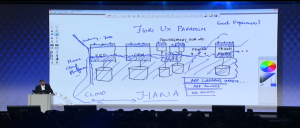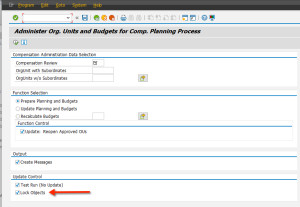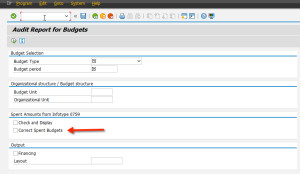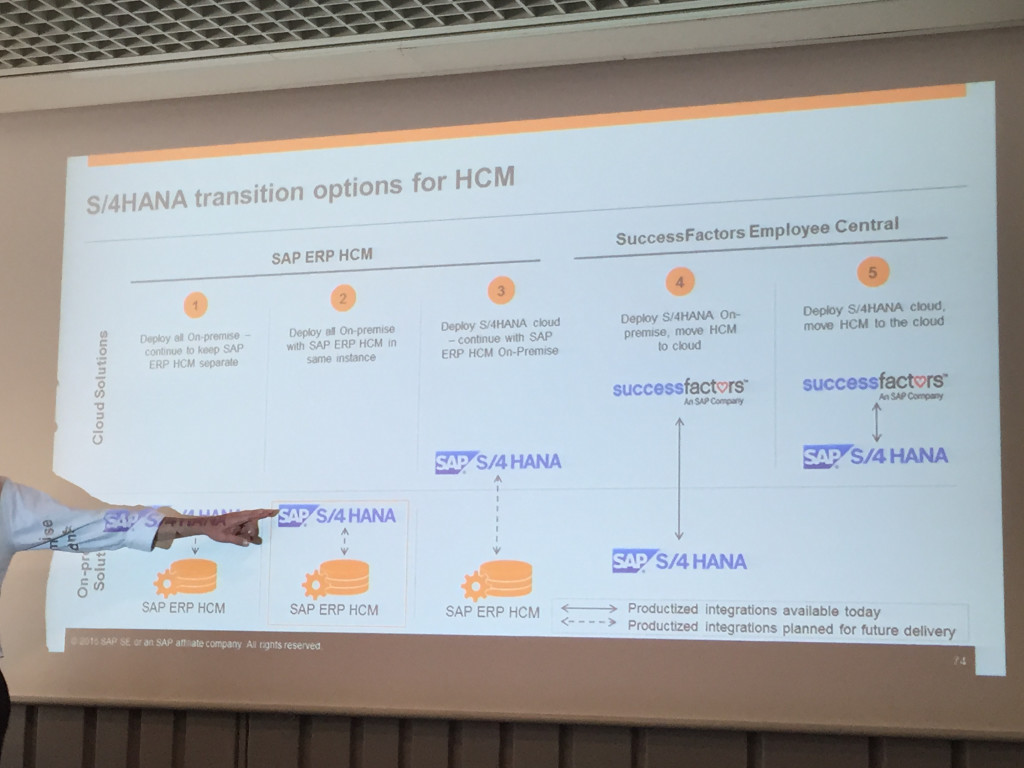This is what happens when you fly on a brand new Delta jet. So new that they haven’t even registered Wi-Fi. At least this blog has come out of it – hope you find it useful! I have jotted down a few of my top tips (so far) when integrating and implementing SuccessFactors Compensation and/or SuccessFactors Variable Pay.
- Data, data, data! OK, do we need to go through this again? Regardless of the systems being integrated, we are always attacking the same gremlins, aren’t we? As Compensation professions (or those IT Professionals supporting Compensation), there’s nothing like going through a compensation process to see how painfully obvious it is that the integrity of your core HR data is vital in your talent management processes – especially compensation. Take, for example, an employee’s FTE % (sometimes referred to as employee percentage). If incorrect, this one data element can wreak havoc on your merit, merit budget, and incentive calculations.
- If SAP HCM core is your system of record, be sure you are using the existing SAP provided integrations. With Integration Add-Ons 1.0 and 3.0 for SAP ERP HCM and SuccessFactors HCM Suite, both the SuccessFactors compensation and variable pay modules have pre-delivered content. You will need to time this integration with your current Foundation UDF “User Data File” file that you are using.
- Be kind to your PI (Process Integration) middleware resources. Take them out to lunch and buy them a pizza since you will need their help. The integrations provided by SAP are SAP PI based and will need to be activated in your middleware environment. This is often a project plan task forgotten in the plan and will end up biting you if you don’t plan for it.
- If you are migrating from ECM (Enterprise Compensation Management), don’t try to do too much with this. The new integration uses staging tables and is entirely decoupled from ECM. You may end of leveraging IT0759 or IT0761 so LTI handling, if you still intend to interface to your stock plan provider. Also, you may need to do some incentive number-crunching for segments (e.g. “legs”, “assignments”, “rows”, etc.) in a custom infotype. You should consider keeping your existing bonus engine if your incentive plans have not been able to simplify / conform to the SuccessFactors variable pay model.
- Don’t forgot that all of your compensation and variable pay templates need to have the <comp-group id=”xxxx”/> tag in the XML if you are sending your data from SAP HCM, where xxxx is a string with no capitalization. As the time of this writing, this can only added via the XML configuration. This tag is important since it tells the SuccessFactors system which forms (that use that template) to update during a refresh from SAP HCM. Like any tags of an XML template for compensation in SuccessFactors, the placement of this tag is very particular near the end of the XML. Read the SuccessFactors documentation carefully and be careful when you are downloading/uploading or editing the template in Provisioning.
- Remember the power of the pay matrix (e.g. salary ranges) which drives everything from the compa-ratio and range penetration, as well as guidelines (if included as a dimension). Don’t try to interface this over ( not worth it) – this would just be an upload every year. If a range range/midpoint changes, the onus would be on your SuccessFactors compensation administrator to manually update that. This shouldn’t happen once the process has started unless there was an error or your compensation manager is trying to make your life more interesting…
- Think carefully how you will leverage the Executive Review. Unlike the name implies, this functionality isn’t necessarily just for executives, but rather for calibration purposes in general. Based on Role-Based permissioning, you can define a group with display access and a group with edit access. I will be talking about this topic during the ASUG Compensation SIG (login required) later this month. If you are a SuccessFactors customer, please plan on joining me for this learning event!
That’s it for now. Please send along any questions and comments in the area below.
Oh, and Worklogix is a Silver Sponsor at the upcoming SAP SuccessFactors conference, SuccessConnect. If you are in Vegas, please visit us in booth #35.
Sending you my best,
Jeremy @jeremymasters





